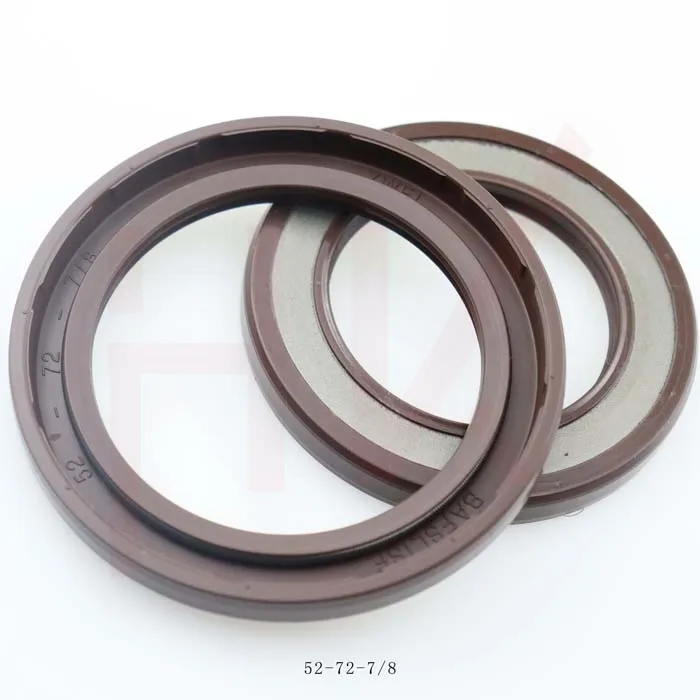Dec . 05, 2024 15:25 Back to list
seal kits for hydraulic rams
Understanding Seal Kits for Hydraulic Rams
Hydraulic rams are an essential component in various industries, from automotive to construction, agriculture to manufacturing. Their efficiency largely depends on the integrity of their seals, which prevent leaks and protect internal components from contaminants. Seal kits for hydraulic rams are critical for maintaining these seals and ensuring optimal performance. In this article, we will delve into the importance of seal kits, types of seals involved, and best practices for their maintenance.
The Importance of Seal Kits
Seal kits are comprehensive assemblies that contain all the necessary components to repair or replace the seals in hydraulic rams. These kits generally include O-rings, backup rings, glyd rings, dust seals, and other related components designed to handle the high-pressure environments typical of hydraulic systems. The main function of these seals is to contain the hydraulic fluid within the cylinder while simultaneously preventing dirt and debris from entering the system, which is crucial for maintaining the functionality and longevity of the hydraulic ram.
When seals fail, the consequences can be significant. Fluid leaks not only result in loss of hydraulic pressure but also can create unsafe operating conditions. Moreover, contamination can lead to excessive wear on internal components, leading to costly repairs and downtime. Thus, using a high-quality seal kit and performing timely replacements is vital for sustaining the operational efficiency of hydraulic rams.
Types of Seals in Hydraulic Rams
Different types of seals are incorporated in hydraulic rams, each serving a specific function.
1. O-rings These are ubiquitous in hydraulic applications due to their versatility and effectiveness. O-rings create a tight seal in static or dynamic applications, preventing fluid leakage.
2. Backup Rings Often used in conjunction with O-rings, backup rings prevent O-rings from extruding under high pressure. They add an extra layer of protection, prolonging the life of the sealing system.
3. Glyd Rings These seals are engineered to withstand high pressure and low friction. Glyd rings are commonly used in piston seals, providing a reliable seal while allowing smooth piston movement.
4. Dust Seals As the name suggests, dust seals protect the inner components of the hydraulic ram from dust, dirt, and other debris. These seals help maintain the cleanliness of hydraulic fluid, reducing the risk of contamination.
seal kits for hydraulic rams

5. Custom Seals In some cases, unique applications may require custom seal designs. Manufacturers can produce specialized seal kits to meet specific dimensional requirements or environmental challenges.
Best Practices for Maintenance
To ensure the longevity and effectiveness of hydraulic rams, regular maintenance and timely replacement of seal kits are essential. Here are some best practices to consider
1. Routine Inspections Regularly inspect hydraulic rams for signs of wear, damage, or leaking seals. Early detection of issues can prevent costly repairs down the line.
2. Quality Seal Kits Always choose high-quality seal kits from reputable manufacturers. Low-quality seals are more prone to failure and may not provide the same level of reliability.
3. Proper Installation Follow the manufacturer's guidelines during installation. Incorrect installation can lead to compromised seals and premature failure.
4. Fluid Quality Use the recommended hydraulic fluid and maintain proper fluid levels. Contaminated fluid can contribute to seal deterioration.
5. Environmental Considerations Protect hydraulic rams from extreme temperatures, moisture, and abrasive materials that may compromise the seals.
6. Document Maintenance Keep records of all maintenance activities and seal replacements. This data can help in predicting future maintenance needs and understanding the performance of hydraulic systems.
Conclusion
Seal kits for hydraulic rams play a pivotal role in ensuring the optimal performance and longevity of hydraulic systems. By understanding the various types of seals and implementing best maintenance practices, operators can minimize downtime, reduce repair costs, and enhance the overall efficiency of their hydraulic equipment. Investing in quality seal kits and diligent maintenance is not merely a choice but a necessity in today’s demanding industrial landscape.
-
Unlocking the Potential of Hydraulic Systems with Essential Sealing Solutions
NewsAug.06,2025
-
Unleash the Power of Your Hydraulic Systems with Our Premium Seal Kits
NewsAug.06,2025
-
Specialized Hydraulic Seal Kits for Breakers, Pistons, and Presses
NewsAug.06,2025
-
Revitalize Hydraulic Systems with Premium Repair and Seal Kits
NewsAug.06,2025
-
Fortify Your Cylinders with Premium Sealing Solutions
NewsAug.06,2025
-
Elevate Hydraulic System Reliability with Specialized Seal Kits
NewsAug.06,2025
-
TCN Oil Seal Metal Ring Reinforcement for Heavy Machinery
NewsJul.25,2025
Products categories
















